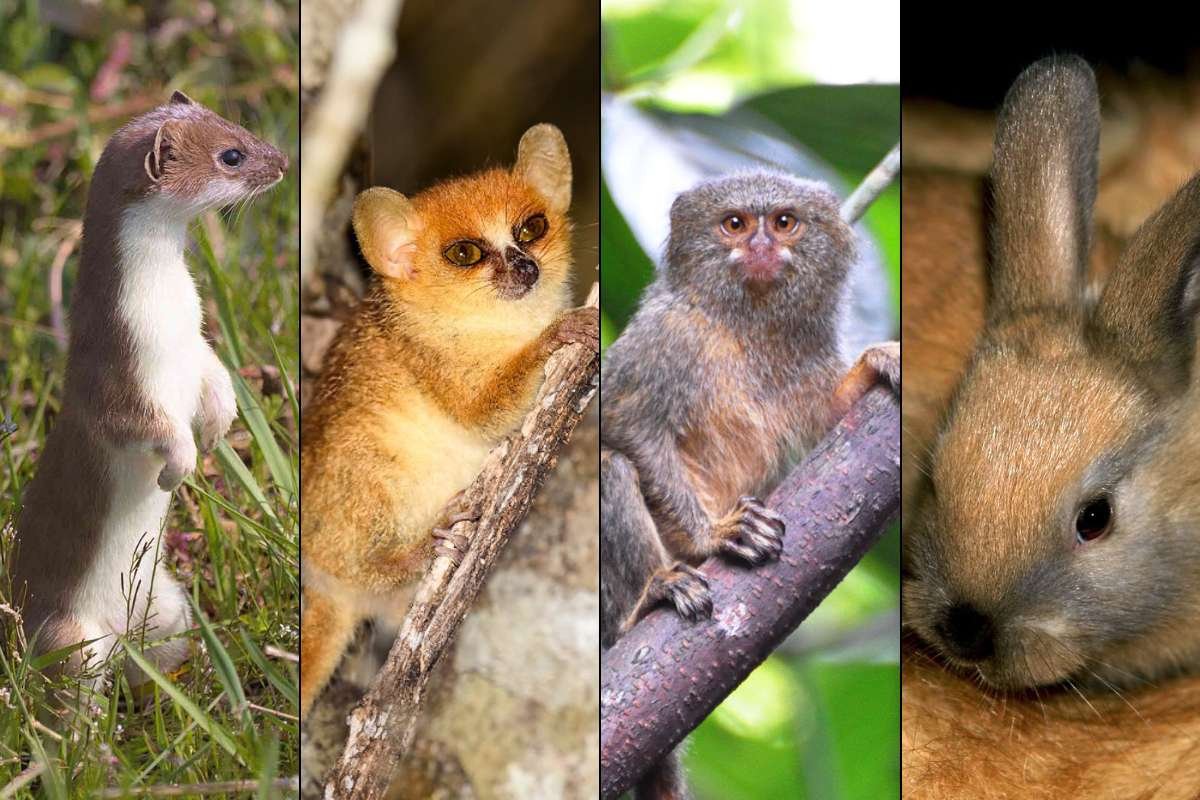In 18 of the most dangerous malaria-affected nations, where the disease kills 600,000 people year, largely children, a new vaccine will be administered to infants. That is wonderful news. But the fervour that the announcement has aroused speaks as much to the appalling status of malaria management as it does to the genius of scientific discovery.
Because this vaccine is flawed and will only protect, at most, 75% of individuals who receive it. The highest figure from the clinical trials is that one. It may only keep less than half safe in the harsh reality of rural life in impoverished areas of Africa. Because many fatalities will be prevented, it is still crucial to launch immunisation initiatives in the 18 countries that will now receive funding to do so. However, malaria is still a problem. not even close.
The second vaccine to be distributed into the field is the R21/Matrix-M vaccine from Oxford University and the Serum Institute of India, which conducted the trials and will produce it. The first was RTS,S, which GlaxoSmithKline sold under the brand name Mosquirix. It was initially developed in 1987, and in Ghana, Kenya, and Malawi it was tested and implemented in 2019.
The results of the two vaccinations are quite comparable and are created and manufactured in very similar ways. Although there are groups working on early-stage development of one, we are not looking at a ground-breaking mRNA vaccine using brand-new technology of the kind featured in the Pfizer/BioNTech and the Moderna Covid vaccines.
Malaria vaccine breakthrough: New cheap, option backed by WHO
The main differences are in supply and price. Only 18m doses of RTS,S are on hand. The Oxford vaccine will be produced in 100 million doses by the Serum Institute this year, and in two million doses the next year. In keeping with other children’s immunisations commonly used in Africa, the price will likewise be significantly reduced.
The truly good news is that. If you can’t afford it or get it, you can’t use a vaccine to save lives. Dr. Matshidiso Moeti, WHO’s regional director for Africa, made a statement that was revealing.
After the WHO announced its approval, she stated, “This second vaccine holds real potential to close the enormous demand-and-supply gap.” Families in endemic areas worry about malaria. They seek a vaccination. Too many sick and dead kids have been witnessed by them. The Vaccine Alliance, or Gavi, will now contribute funds to distribute the vaccine as broadly as feasible. That is how it ought to be.
However, this is not a one-time shot. Four shots total. Additionally, because the vaccine is most effective in younger infants, the first three doses will be administered at monthly intervals beginning at five months old, followed by a booster shot at age two, which will not fall on the regular schedule for childhood immunisations.
Families might have to take time away from the fields or their hard labour at home to travel to clinics, possibly bringing other children along with them. Children are not always brought back for follow-up vaccinations, even in wealthy nations. One of the top authorities on malaria in the world, Prof. Nick White of Mahidol University in Thailand and Oxford, claimed that malaria in Africa correlates to its wars. Immunisation is frequently a victim in war areas like the DRC. He claimed that “large portions of Africa will not be able to receive this.”
No one is claiming that the vaccine is sufficient on its own. It must be used in conjunction with further treatments, such as bednets impregnated with insecticide. Additionally, it is crucial that clinics have access to the most effective malaria therapy for patients who exhibit symptoms. These artemisinin combination medications are effective against malaria parasites that are transferred to children through mosquito bites until they develop a resistance to them.
Wherever it is feasible, according to White, the aim should be to eradicate seasonal malaria. Giving the two vaccines to villagers along with artemisinin-based medications serves as a preventative measure rather than a treatment for malaria.
To everyone’s dismay, malaria cases have increased rather than decreased during the last few years. Conflicts, drug resistance, and the climatic crises might have all had an impact. As each new piece of technology falls short of striking the enemy, those fighting the battle have grown weary. The Gates Foundation ceased supporting the Mosquirix vaccine after making significant investments in it for several years in favour of other preventive measures including stronger bednets. The Gates Foundation’s director of malaria projects, Philip Welkhoff, told AP in July 2022 that the vaccine had “a much lower efficacy than we would like” and that they had to make difficult decisions regarding cost-effectiveness.
Because there are no definite victories in the fight against malaria, funding has generally been a challenge. The funding and approval of the Oxford/Serum Institute vaccination may also have the added benefit of increasing morale and, ideally, attracting more resources and energy for the cause. Even if it isn’t a game-changer, it is definitely a step in the right direction.







